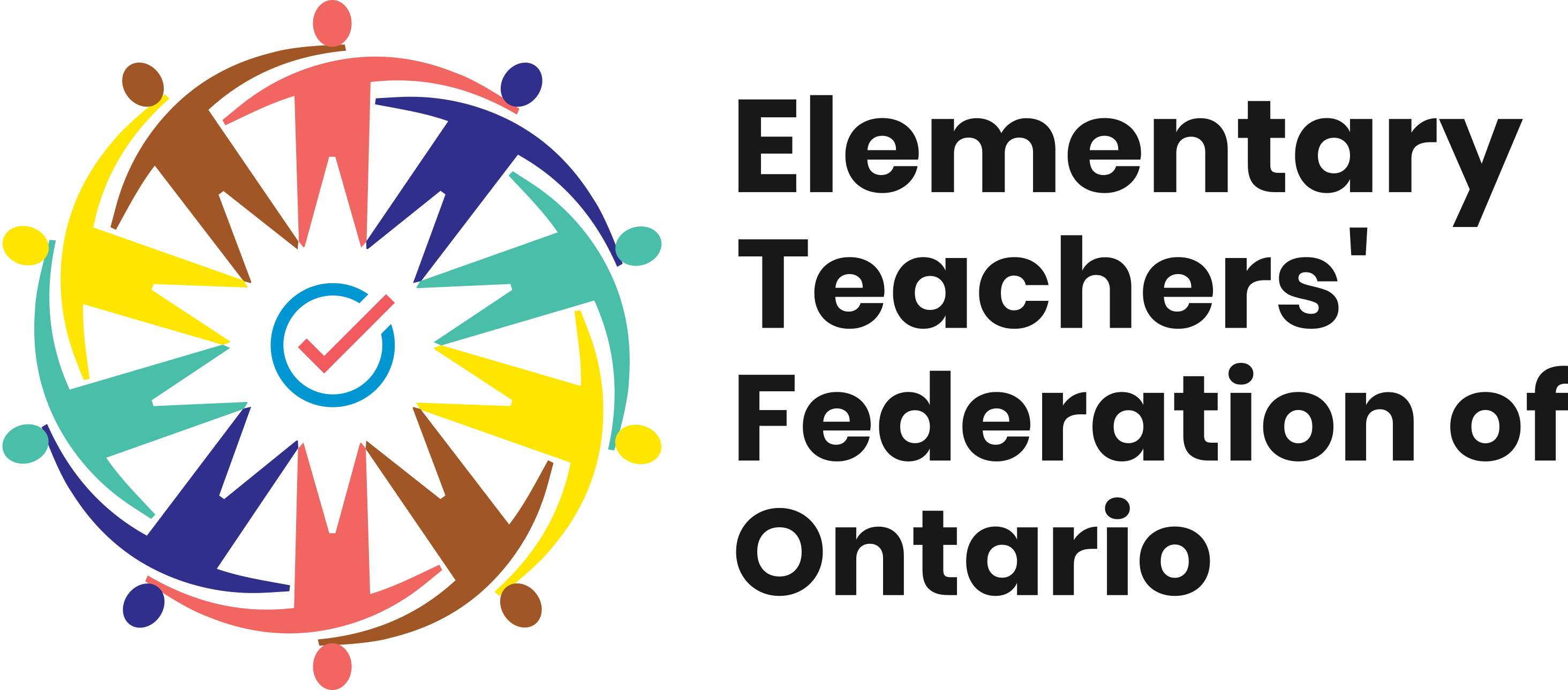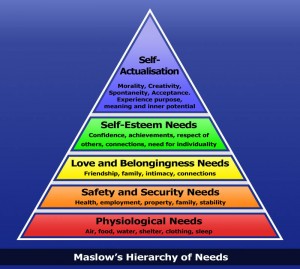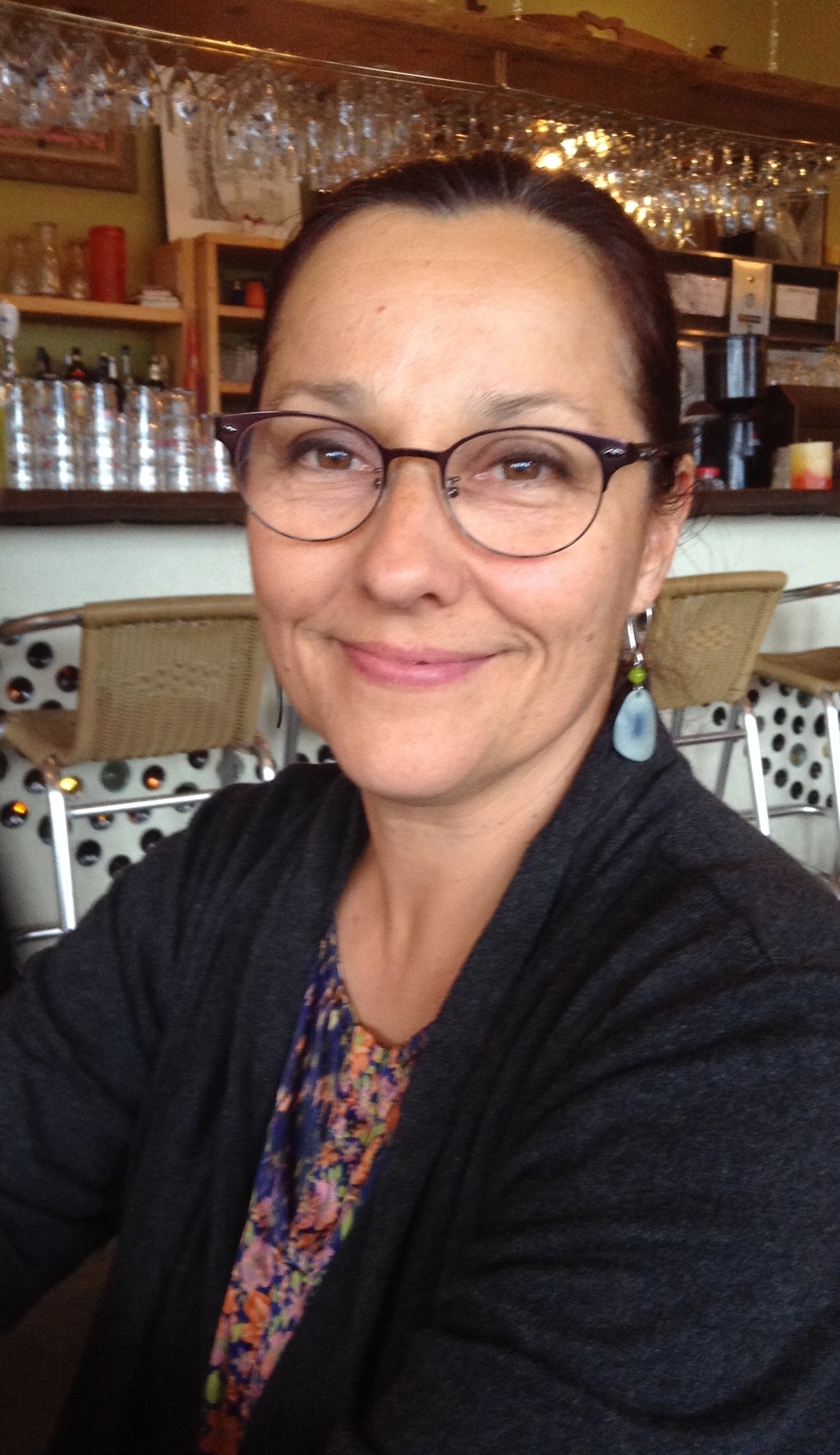There is a table in my classroom that is called La table de découvertes (Discovery Table). On it you can find things that I have collected with my family, mostly when my own children were young; there are some seashells, plenty of rocks, 2 bird’s nests, a small log gnawed and shaped by beavers, snake skin molt, a stick covered in tracks made by an insect infestation under the bark, feathers, and pine cones. It is a corner of the classroom where students can visit and touch, marvel and wonder. And it is because of La table de découvertes that Show and Tell (La présentation) has made a comeback in my classroom this year. It wasn’t in my daily plans or my Long Range Plans, but because of its success, I will now be sure to include it every year.
In September, a student asked if she could bring in something for the Discovery Table. She was very excited because she had some shells she wanted to share with the class. The student presented the shells, broken and whole, which she had found on a beach while on holiday. Every student wanted to see and touch the shells as if they had never seen such things before. They asked her which was her favourite, and she told them why they were special to her. This was our first Présentation.
Initially, it was this one student who wanted to share her treasures with the class. Soon she was bringing in something every day until her mother began to be concerned that perhaps it was creating a problem.
After all, among the many items this student brought in, there was a small cupboard filled with origami stars; two small carved statues from a hot country (she wasn’t sure which one), and a zip lock bag of her cat’s orange fur. Everything was presented in detail, accurate or not, and everyone watched and listened and asked appropriate questions afterwards. I was able to tell the mother that everyone was always interested in what her daughter brought to school.
After a few weeks, eventually other students, even the quietest ones, started coming up to me, asking if they could present something to the class. Students would bring in special items from home or simply find cool rocks in the school yard and want to present them because they had a funny shape or a shiny spot on them (Rocks are a big deal in our classroom).
Now our presentations are a regular event at the end of most days, with a few flexible guidelines. This is what works for us:
1) 15 minutes for Show and Tell.
2) 3 students present within that time period. This allows time for each child to speak in as much detail as they like about what they are showing and to pass around their items. The audience also doesn’t have time to lose interest.
3) Some days we present while sitting in a circle on the floor; other days students sit at their desks while the presenter stands in front of a small table where they can display their items.
4) Limit the follow-up question period to 3 questions or comments.
What I love about Show and Tell is that it is a student lead activity that is easy to facilitate. It gives students a true sense of agency as they talk like an expert in front of their peers about something that may or may not be in our Grade 3 curriculum – like sharks or cat fur – and have an audience that is actively listening and genuinely interested in what a presenter is showing and talking about. It is also an opportunity for students to be seen in a leadership role by their peers and to get a boost to their self-esteem.
Since the primary focus in French Immersion education is oral communication, Show and Tell is a clear choice as an activity that allows for a student to “acquire a strong oral foundation in the French language and focus on communicating in French” (Ontario Curriculum, French as a Second Language). The value of developing public speaking skills can also not be overlooked, as it takes great courage at any age, to ‘hold the floor’ and talk in front of one’s peers. As stated in the Language curriculum, students are encouraged to, “communicate – that is, read, listen, view, speak, write, and represent – effectively and with confidence”. Although some students may not have the confidence to volunteer, I haven’t made a schedule indicating the days when everyone is obliged to bring something to talk about. Instead, I have quietly asked a few students if they would like to bring in something to share with the class. It may take a few days or weeks before they are ready, but, following the example of the students who have gone before, everyone who has brought something in does a fine job presenting and fielding questions.
Finally, the benefits of Show and Tell go beyond the presenter to include all students in the audience. These students learn to practice listening actively and respectfully during presentations as well as how to follow up with pertinent questions. Probably the best thing of all, however, is that there is no evaluation of Show and Tell. While I do evaluate Book Talk presentations or projects with outlines and rubrics, I feel that the dynamic, impromptu nature of Show and Tell would be ruined if there were grades placed on the students’ performance, and it would no longer be a wonderful, relaxed way to finish the school day where oral presentation skills are practiced, treasures are shared, and students lead the show.
 all home and tell their parents about some positive scenario that took place that day. They 100% of the time say an astounding yes. As they come to realize this is a regular part of our classroom, they begin to ask me to call their family and let them know about their math work or reading. That is the time that I know why I will always look to see the glass as half full.
all home and tell their parents about some positive scenario that took place that day. They 100% of the time say an astounding yes. As they come to realize this is a regular part of our classroom, they begin to ask me to call their family and let them know about their math work or reading. That is the time that I know why I will always look to see the glass as half full.

 does not get enough attention. I’m talking about mental health in schools.
does not get enough attention. I’m talking about mental health in schools.


